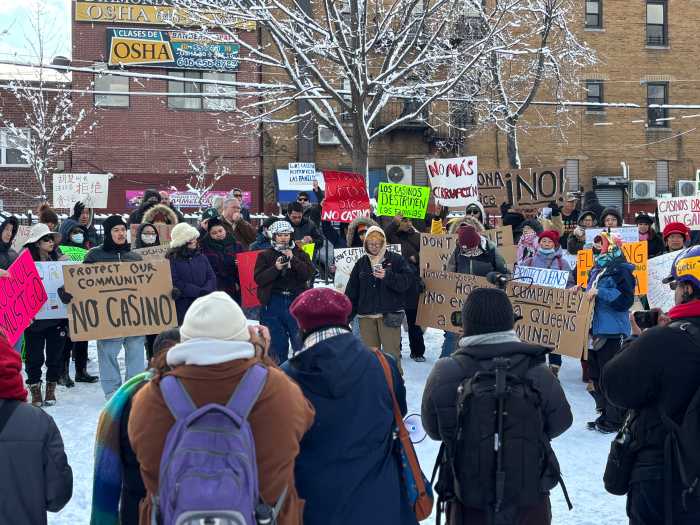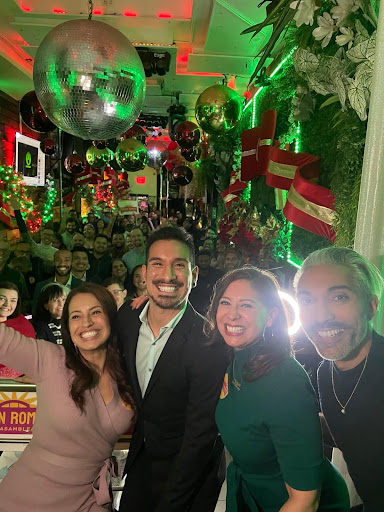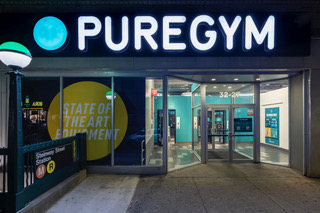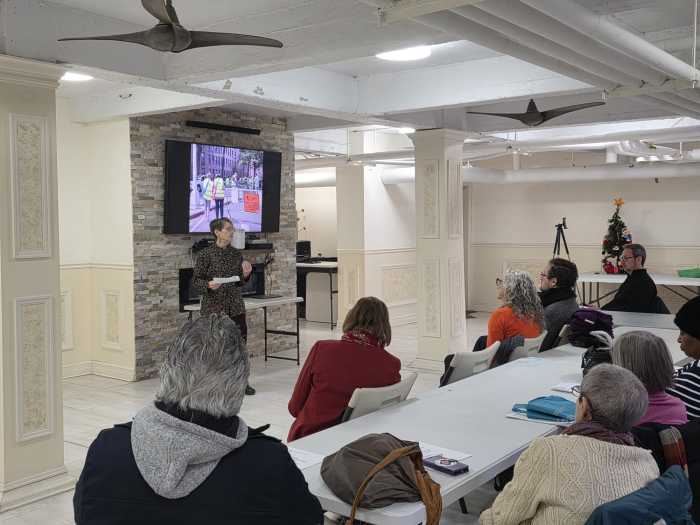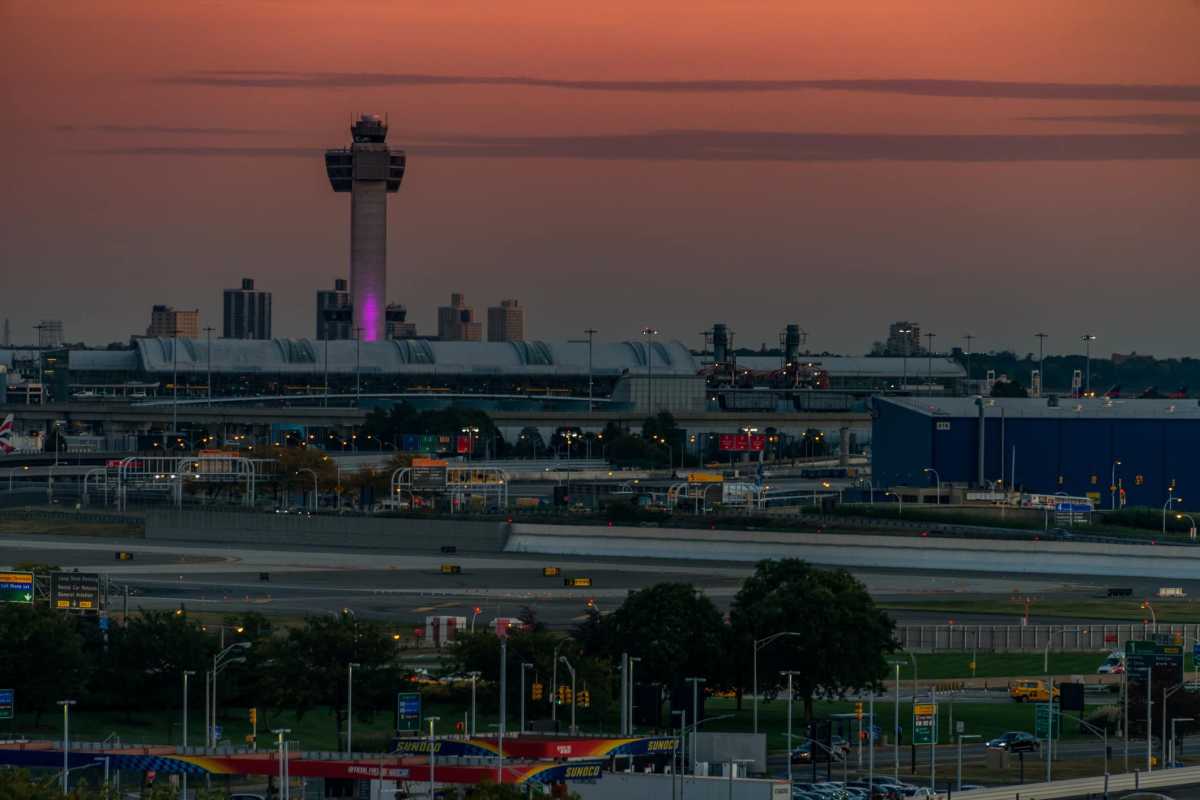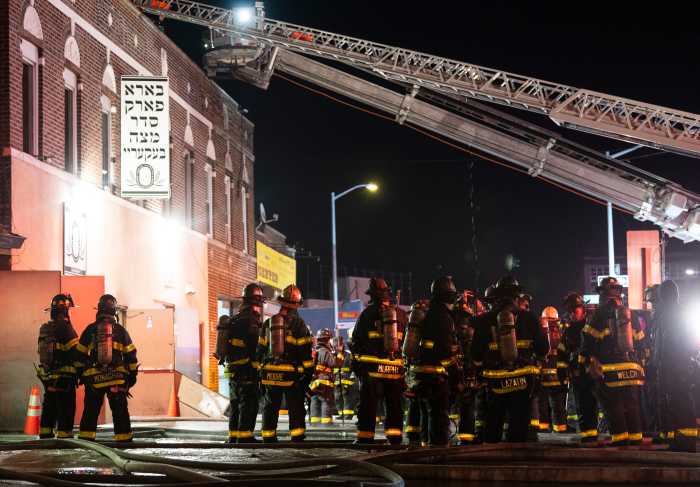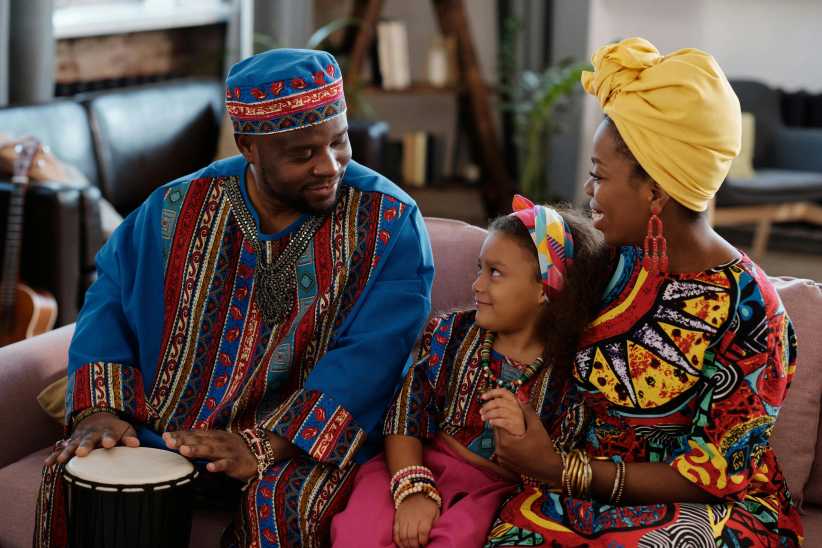Great cities have a pulse, and New York has one of the strongest heart beats among the world’s metropolises. New York’s neighborhoods can communicate and deliver transcendent messages. Their streets tell stories that entertain and enliven.
Jackson Heights, the city’s most diverse community – constantly bustling with the business of different cultures – has been speaking volumes of late.
The Guggenheim Museum is presenting “Transhistoria” – the third edition in its “stillspotting nyc” exhibit in Jackson Heights, inviting patrons to experience the neighborhood through a series of cultural and personal narratives written by local residents.
Visitors take two-hour, self-guided tours, beginning from the Roosevelt Avenue transit hub on 75th Street, and choose four stories to be read aloud by writers or actors in private apartments, public plazas and cafes that address topics such as migration, displacement and finding a home away from home.
“Transhistoria,” created by two architects from the Manhattan-based firm SO-IL, features writers of different ages and ethnic backgrounds with varying relationships to Jackson Heights. Stories are roughly 20 minutes in duration, and can be both fictional and non-fictional.
“[The architects] developed a project of looking at an actual space in Queens, but without generating physical space,” said David van der Leer, the curator of “stillspotting nyc.” “What they generated was a series of projects that create space through words. They chose Jackson Heights as the most inspiring neighborhood to work in. I think people who live in Jackson Heights will see parts of their neighborhood they have never seen, and people from other boroughs will learn about a borough or neighborhood maybe they’ve never been to before.”
As a whole, “stillspotting nyc” – which will feature exhibits in all five boroughs over a two-year period – searches to identify moments of urban quiet and respond to issues of noise, anxiety and stillness.
Jackson Heights, originally designed to be in direct contrast to overcrowded and noisy New York neighborhoods, is now one of the more densely populated communities in the city. With 138 languages reportedly spoken throughout the neighborhood, Jackson Heights is also the epitome of a global community.
“This is a project that is all about how cities change and where to find quiet space in the city,” he said. “Jackson Heights is a neighborhood that has changed drastically over the last decade. It’s different from the garden community that was the initial idea for the neighborhood. And these days it is an incredibly dense and vibrant community. So it seemed to be the perfect place for the project.”
Maria Terrone, a lifelong resident of Jackson Heights, cooked up her narrative about a force she believes can truly “bring people together” – food.
In her piece, she writes, “Cooking dishes from all over the world, I feel connected to everyone else who ever stood by a kitchen stove or over a fire stirring a pot.”
“[Food] is so elemental to being human,” Terrone said. “If you think of the tradition of family and friends sitting around a table and enjoying each other’s company and food together, that scene, which is about the human connection of coming together to eat, strikes a chord with people. It speaks to the human condition on many levels, and one of the nice things of living in such a multi-ethnic neighborhood that Jackson Heights is today is that you have the world’s cuisine at your fingertips.”
As part of her narrative, titled “At Home in the Real World: A Jackson Heights Native Savors Her Neighborhood,” Terrone chose to include a sprinkle of truth – referencing a personal experience from her past. She explains that while attempting to make a classic Polish dish, the smell of her cooking wafted over to her neighbor’s apartment – a Polish woman she did not know well. Terrone’s neighbor proceeded to inquisitively knock on her door, and a relationship was created.
“Food has the potential to bring together people from 180 different countries because it is such a human element,” Terrone said. “It can break down barriers of people. You can use food to bring you a deeper relationship with people who are your neighbors but who you really don’t have a relationship with.”
Nicole Steinberg, a 29-year-old writer and editor who was raised in Jackson Heights, wrote her narrative about the changes the community has witnessed over the decades – centered on her return following the death of her mother.
Despite growing up in Jackson Heights, Steinberg – who currently resides in Philadelphia – says the vast changes to the neighborhood make her story about “being a stranger in a strange land.”
“My grandparents moved there in the 50s and my mother grew up there and I grew up there. So the story is juxtaposed on how the neighborhood has changed and my family has changed,” Steinberg said. “It’s centered on my mother’s death a few years ago – when I had to come back to Jackson Heights and see all the changes that happened. There’s a lot of information in the story about how I didn’t like living there and I didn’t feel connected to it, but when you get older you realize you are very connected to where you come from.”
“Transhistoria” began on April 14, and runs on Saturdays and Sundays until May 6. The first tour begins at 11 a.m., with the final excursion commencing at 5 p.m.
All Jackson Heights explorers are be given a map and directions, and guests can also opt to bring their bicycle for a free bike tour of the neighborhood following the readings.


